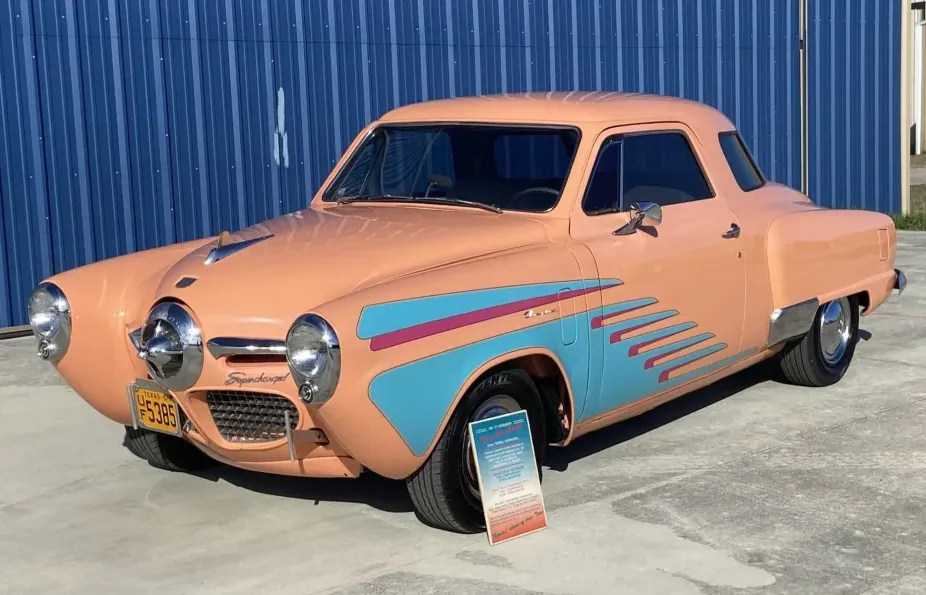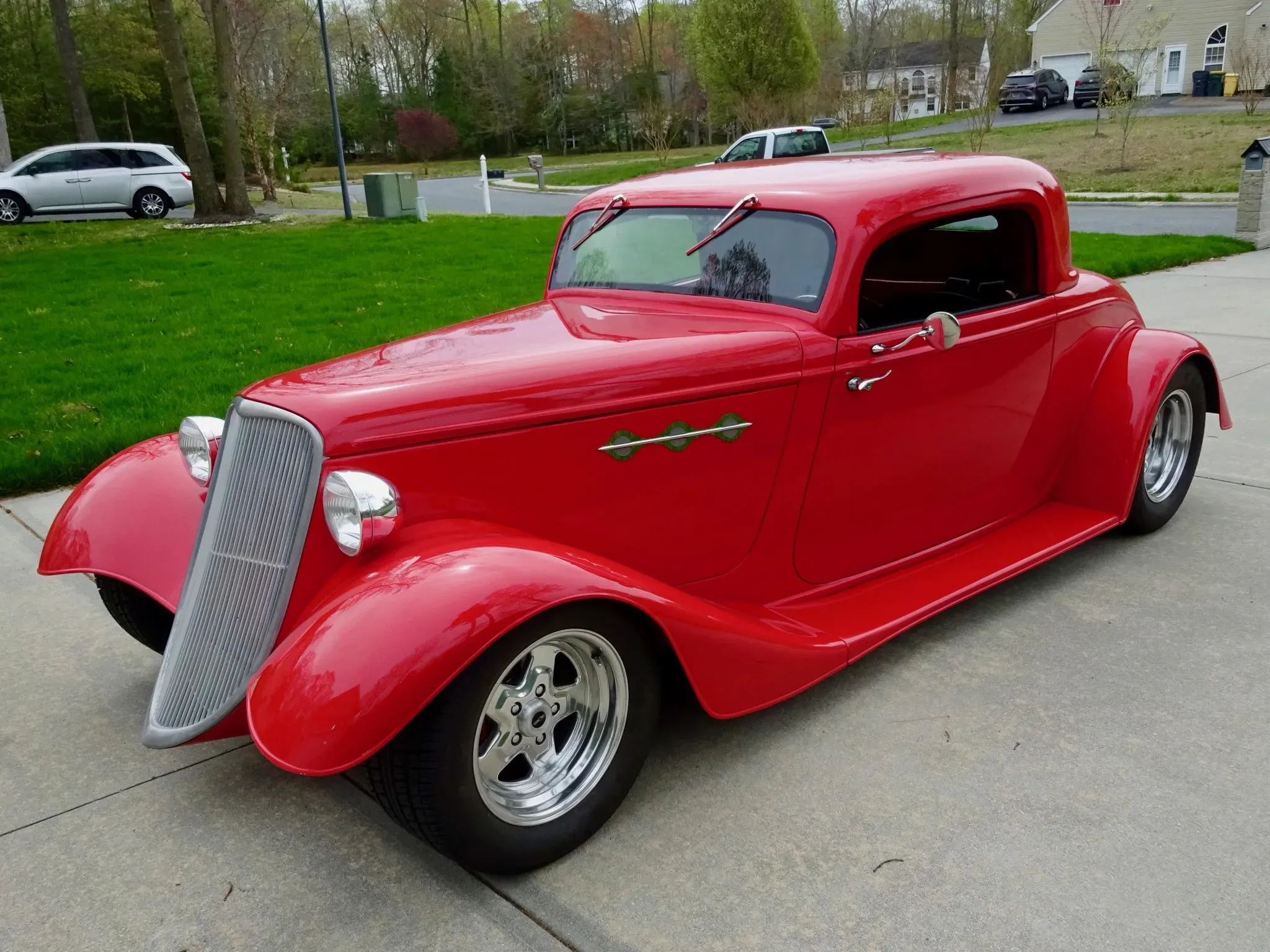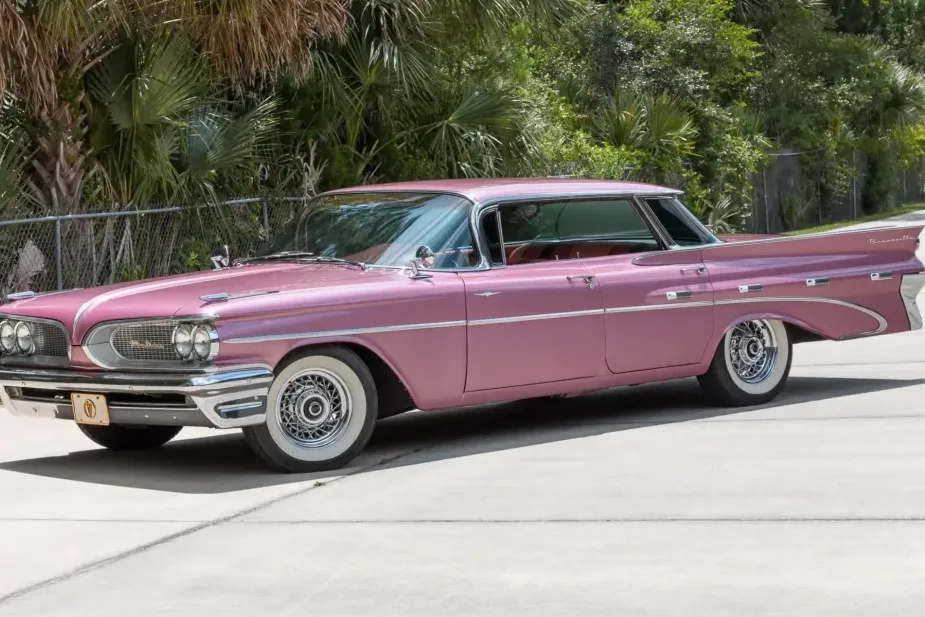The 1952 Packard Panther is an extraordinary example of mid-20th century American automotive design and innovation. As a concept car, the Panther was developed to showcase Packard's forward-thinking approach to styling, engineering, and performance. Although it never entered production, the Panther remains a symbol of the company's ambition and creativity during a pivotal era in the automotive industry.
Historical Context

In the early 1950s, Packard was a prestigious brand known for its luxury vehicles and engineering excellence. However, the post-war automotive market was becoming increasingly competitive, with consumers seeking modern, stylish, and powerful cars. To stay ahead, Packard aimed to demonstrate its ability to innovate and adapt to changing tastes. The Panther was born out of this desire to push the boundaries and captivate the public’s imagination.
Design and Styling

The 1952 Packard Panther was a stunning departure from the conventional designs of the time. It featured a sleek, low-slung body with flowing lines and a futuristic appearance. The car's most distinctive feature was its fiberglass body, a cutting-edge material choice that highlighted Packard's commitment to innovation. This use of fiberglass made the Panther lighter and more aerodynamic than its steel-bodied counterparts.
The Panther's front end was characterized by its wide, horizontal grille flanked by quad headlights, giving it a bold and aggressive look. The car's long hood and short rear deck emphasized its sporty nature, while the wraparound windshield added to its modern aesthetic. The Panther also featured unique styling elements such as sculpted side panels and integrated fender skirts, which contributed to its streamlined appearance.
Interior and Comfort

Inside, the 1952 Packard Panther was designed to provide a luxurious and futuristic driving experience. The interior was upholstered in high-quality materials, with plush seating and intricate detailing throughout. The dashboard was a marvel of mid-century design, featuring a clean layout with advanced instrumentation and controls.
The Panther's interior was also equipped with several innovative features aimed at enhancing comfort and convenience. These included power-operated windows and seats, as well as a state-of-the-art heating and ventilation system. The car's spacious cabin offered ample room for both the driver and passengers, ensuring a comfortable ride.
Performance and Engineering

Under the hood, the 1952 Packard Panther was powered by a high-performance engine that reflected the car's sporty character. It featured a 327-cubic inch straight-eight engine, producing around 275 horsepower. This powerful engine was paired with Packard's Ultramatic automatic transmission, which provided smooth and responsive shifting.
The Panther's chassis and suspension systems were designed to deliver a balanced combination of comfort and handling. The car featured an independent front suspension and a live rear axle, ensuring a stable and controlled ride. Additionally, the Panther was equipped with advanced braking systems, contributing to its overall safety and performance.
Legacy and Influence

Although the 1952 Packard Panther never entered mass production, its impact on the automotive world was significant. The car served as a showcase for Packard's design and engineering capabilities, demonstrating the company's willingness to experiment with new materials and technologies. The Panther's fiberglass body, in particular, was a precursor to the widespread use of lightweight materials in the automotive industry.
Today, the 1952 Packard Panther is a highly coveted collector's item, celebrated for its unique design and historical significance. Restored examples of the Panther often attract attention at classic car shows and auctions, where enthusiasts appreciate its rarity and innovative spirit.
Conclusion

The 1952 Packard Panther stands as a testament to the creativity and ambition of the Packard Motor Car Company. Its futuristic design, advanced engineering, and luxurious features embody the spirit of innovation that characterized the post-war automotive industry. Although it never reached production, the Panther's legacy endures as a symbol of what was possible when bold ideas and cutting-edge technology came together in the world of automotive design.



